Behind the Scenes of Jurassic Park: How it All Came to Be
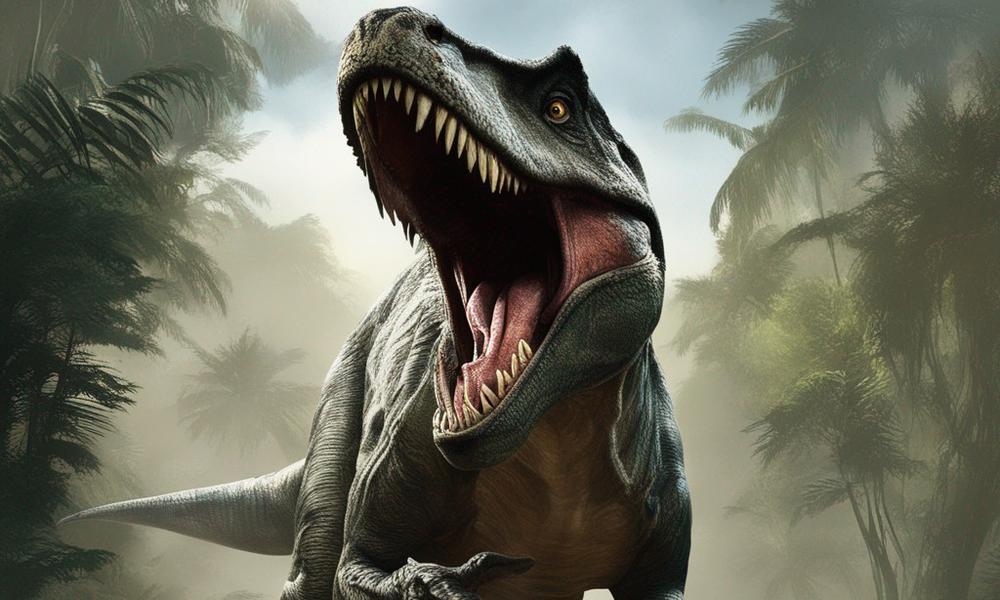
Immerse yourself in the fascinating behind-the-scenes Jurassic Park experience as we delve into the extraordinary efforts that breathed life into Spielberg's prehistoric spectacle. Spielberg and his army of talented technicians and artists pushed the boundaries of film technology to weave an immersive tale of humans versus dinosaurs. Many may not know that three Dino-Sized innovations revolutionized Hollywood forever: the jaw-dropping animatronics, groundbreaking use of CGI, and the magnificently detailed dinosaur models. Stan Winston Studio constructed these terrifyingly realistic, full-sized dinosaurs models with every vein and rippling muscle carefully crafted. The daunting T-Rex puppet, weighing around 9 tons, stole the show with its teeth-baring roars and swift movements. Meanwhile, the talented team at Industrial Light & Magic trailblazed the cinematic universe with, then-unmatched, CGI techniques, making audiences worldwide believe dinosaurs walked the earth once again! Beloved Triceratops, Velociraptors, and Gallimimus were all brought to life using these novel advancements. Jurassic Park not only captured our imaginations but also forever altered our perception of what was possible in the world of filmmaking.
The Pre-Production Phase
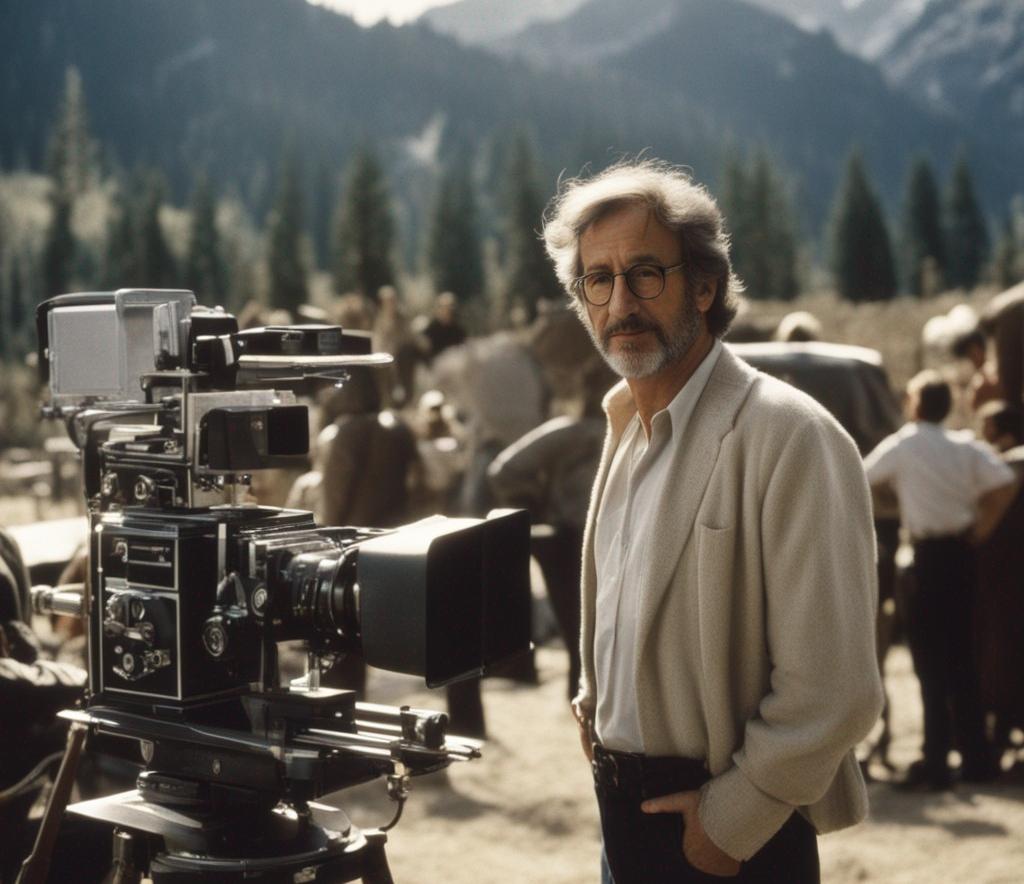
We're instantly taken back to the pre-production phase that spanned several dedicated years. The stepping stone toward this cinematic milestone was Michael Crichton’s novel, which Steven Spielberg acquired the rights to even before its publication in 1990! A bevy of top-notch artists, such as paleontologist Jack Horner, were roped in to ensure the dinosaurs’ authenticity. Hatching from the ground-breaking concept of combining computer-generated imagery (CGI) from Industrial Light & Magic (ILM) and life-sized animatronic dinosaurs from Stan Winston Studio, the visual treat we witnessed on screen was the fruit of collaborative genius. Spielberg’s diligent storyboard preparation, which replicated potential shots from the soon-to-be-filmed scenes, exemplified detailed planning and foresight. The iconic T-Rex paddock scene and the gallimimus stampede are striking testaments to this. However, it was not all smooth sailing - the initial concept of stop-motion dinosaurs was replaced with CGI as it offered fluid movement, reshaping the course of visual effects in Hollywood forever. The journey behind-the-scenes of Jurassic Park, right from the pre-production stage, is an ode to innovation, meticulous planning, and grit – all essential ingredients in the recipe for timeless cinema.
Assembling the Team
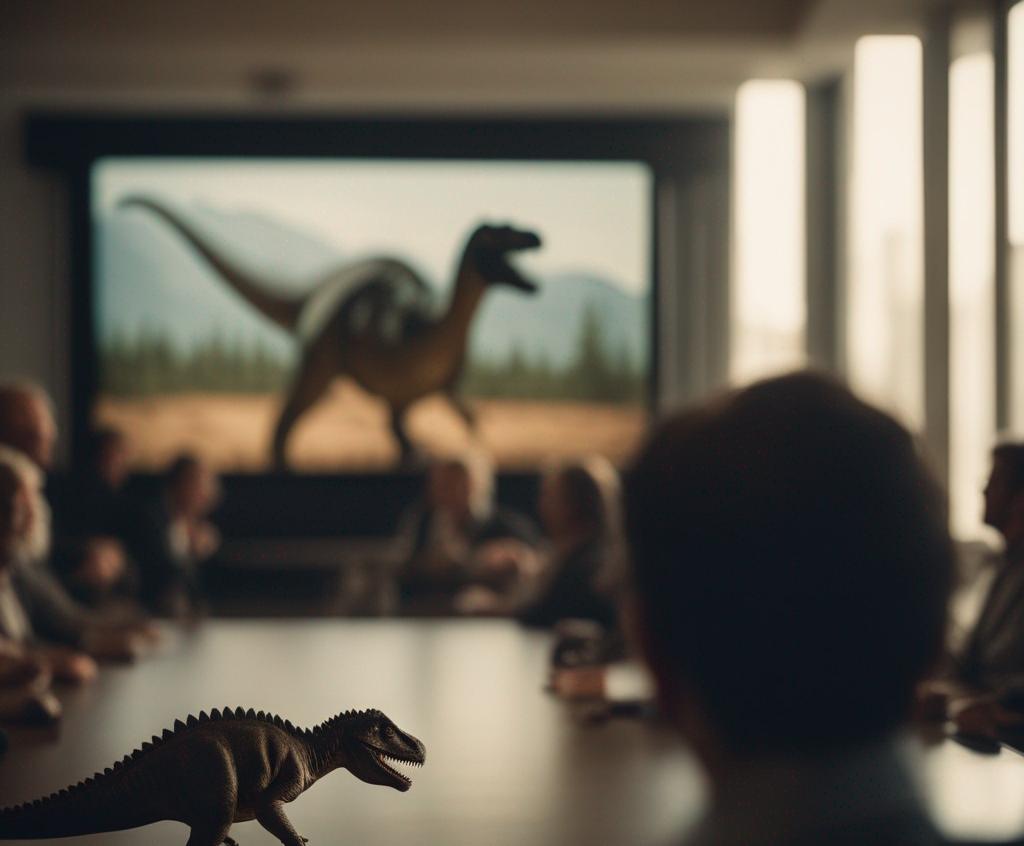
An incredible tandem orchestrated behind the scenes Jurassic Park, the movie that would redefine cinematic history. In 1990, Steven Spielberg enlisted a stellar team to translate Michael Crichton’s dinosaur-themed novel into a silver screen sensation. Key players included Stan Winston, a veteran in film effects, to perfect the life-sized animatronics, and Phil Tippett, known for his role in Star Wars, for creating the stop-motion dinosaurs. However, Spielberg's most unexpected game-changer was Dennis Muren from Industrial Light and Magic. Muren suggested Computer Generated Imagery (CGI), then a fledgling technology, to bring the dinos to spellbinding life. That risky but visionary move catapulted Jurassic Park into a new dimension of filmmaking, creating a believable lost world of dinosaurs. Kathleen Kennedy, another Spielberg collaborator, rallied the troops as the relentless producer, and the audacious John Williams conducted the unforgettable, heart-thumping score. It was the combination of these extraordinary talents that gave birth to the thrilling dinosaur action that still enthralls audiences today, proving once again that if there's anything more impressive than the magic we see onscreen, it's definitely the humble hustle that goes on behind the scenes.
Crafting the Dinosaurs
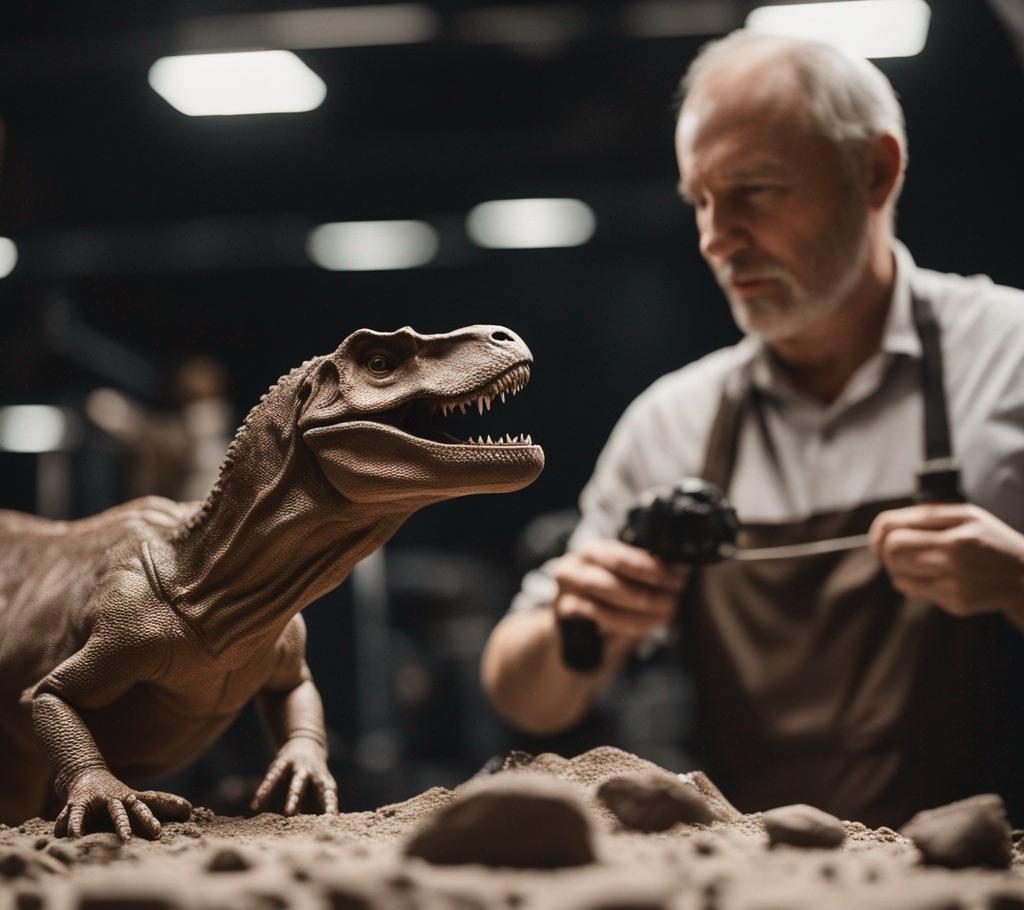
Remarkably, the authentic, awe-inspiring dinosaurs that roam and roar in "Jurassic Park" are the brilliant results of cutting-edge visual effects paired with intricate animatronics. Getting behind the scenes of Jurassic Park, we discover the mastermind behind these creations as none other than Stan Winston, the legendary special effects artist. Teaming up with Industrial Light & Magic (ILM), Winston meticulously crafted the dinosaurs to both beautifully execute and convincingly encapsulate the essence of these ancient creatures. Remarkably realistic scales, feathers, and flexible skin textures were painstakingly constructed from a close study of modern reptiles. Their movements were modeled after ostriches and elephants, captured through motion capture technology and then digitally manipulated. Large animatronic models were built for close-up shots—for instance, the unforgettable close-up of the Tyrannosaurus Rex's face was a meticulously detailed, life-size animatronic model. Combining Winston's tangible animatronics with ILM's pioneering digital effects brought these extinct creatures roaring back to life, creating an immersive cinematic experience that stands as a testament to the power of great filmmaking.
Empowering the Film With Technology
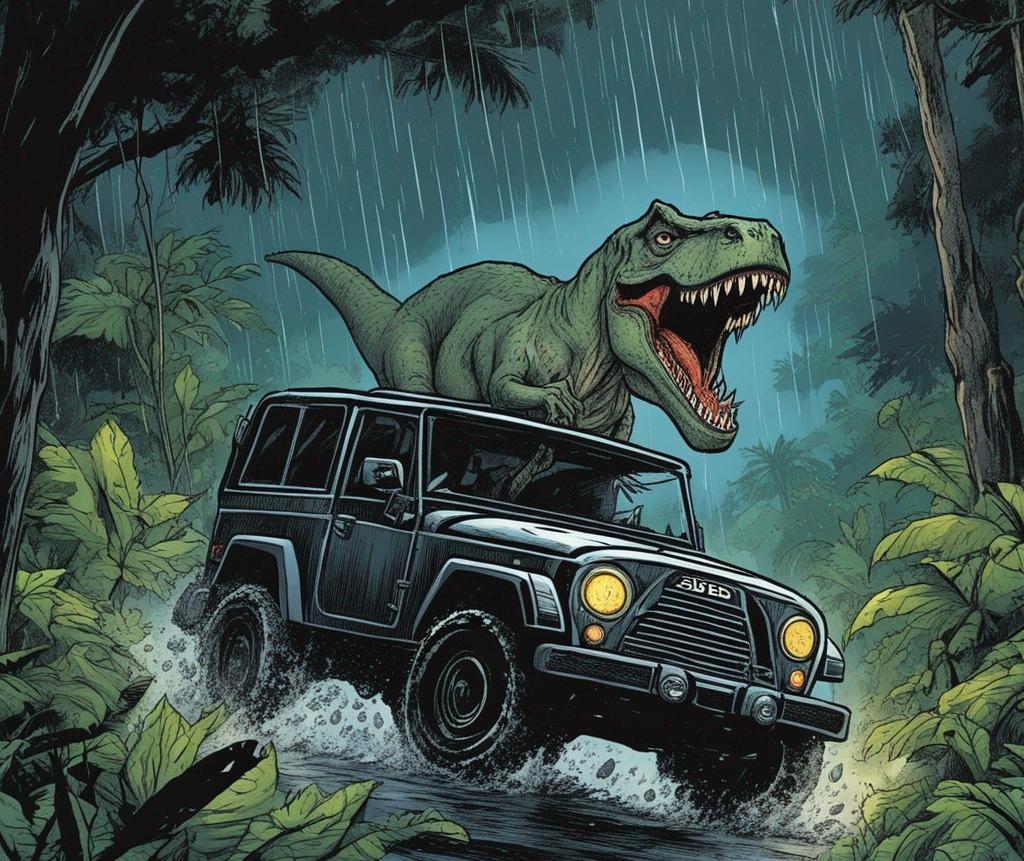
It quickly becomes clear how technology played a pivotal role in bringing Steven Spielberg's vision to life; indeed, the film's realistic portrayal of dinosaurs was nothing short of revolutionary for its time. One striking example of this is the iconic T-Rex attack scene. Initially, a fully functional 12,000 pound animatronic dinosaur was created for close-up shots. However, when Spielberg decided the scene needed more dynamism, CGI was used to animate the T-Rex in wider shots, providing the thrilling chase sequences that still make audiences' heart race today. Meanwhile, ground-breaking motion capture technology was used to create the raptors' fluid, lifelike movements. By capturing the movements of a human actor, animators could replicate realistic, nuanced motions in the digital creatures, another huge step forward in cinematic technology. So, when we talk about Jurassic Park, we're not just reminiscing about the stunning, terrifying world of prehistoric creatures it introduced us to; we're also celebrating a landmark movie that pushed the boundaries of what technology could achieve in film.
On-Location Adventures

One can't ignore the integral role of thrilling on-location adventures that playfully weaved reality into the cinematic spectacle. For instance, the iconic location, Kauai in Hawaii, served as the raw, prehistoric heart of Isla Nublar. The renowned Manawaiopuna Falls graced the opening scenes, now famously called the Jurassic Falls. The island featured as an on-screen wonder - lush rainforests, tropical beaches, and dramatic cliffs adding up to the believability of dinosaurs actually inhabiting the landscape. Transforming these places into the prehistoric terror park involved a massive crew, choppers transporting gigantic prop pieces, and detailed on-ground work to make the jungle look both enchanting and eerie. Filming also took place at Stage 16 at Universal Studios for awe-striking indoor scenes, where the T-Rex attack was filmed - this involved building a life-sized animatronic T-Rex in a mock-up of the theme park! Such staggering on-location and studio efforts drove Spielberg’s vision to life, making the behind the scenes Jurassic Park saga as exciting as the onscreen marvel.
Innovations and Ingenuity

Creating Jurassic Park was no easy task and the team faced plenty of hurdles along the way. One such hiccup was the T-Rex robot malfunctioning in the rain. But, the brilliant director Spielberg didn't just see this as a problem. Instead, he saw it as an opportunity to make the film even better.
Imagine the giant T-Rex robot, drenched and shaking uncontrollably. For some, this might be a disaster, but for Spielberg, it was a chance to add a dash of realism. He incorporated this into the film, portraying the T-Rex shaking off the rainwater just like a dog would do. It’s these unexpected twists that make movie-making so exciting.
Another heart-stopping scene from the movie is the encounter with velociraptors in the kitchen. This was carefully crafted with meticulous planning between the child actors and a man expertly dressed in a raptor suit. It's a ballet of suspense and fear that has left audiences on the edge of their seats.
But let’s not forget the sound team, the unsung heroes who breathed life into these extinct creatures. They meticulously mixed and matched a range of animal sounds, from the deep bellow of an elephant, the fierce roar of a tiger, to the playful chirp of a dolphin. The end result? The unique, spine-chilling roars and calls of the prehistoric inhabitants of Jurassic Park.
It’s the sum of all these efforts, each small but meaningful, that transformed Jurassic Park into a spellbinding experience. Every detail was a thread woven into the vibrant tapestry of this beloved film, truly embodying the magic of innovative filmmaking.
Impact and Legacy
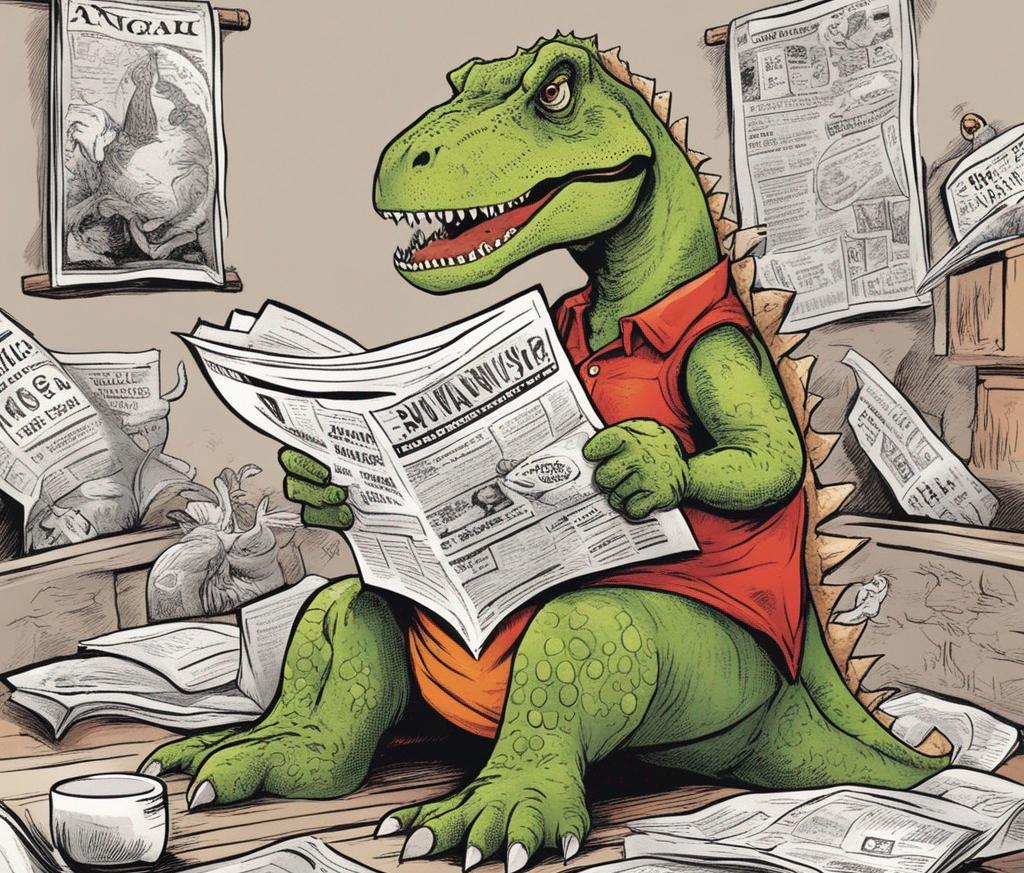
With an enthralling storyline complemented by revolutionary technology, Spielberg's Jurassic Park hit a home run, raking in over $900 million worldwide. This movie didn't just leave a footprint, it stamped a giant dinosaur-sized impression on the cinematic world. Upon its release, it heralded a new epoch where the creation of lifelike digital creatures wasn't just a dream, but an achievable, breathtaking reality.
Zooming to the present, the reverberating thrills and spine-tingling excitement of Jurassic Park are as potent as ever. The movie not only inspired a high-grossing franchise that has enchanted audiences for decades but also electrified a whole generation of filmmakers. They found in Spielberg's masterpiece the courage to break the mold, to defy the expected, and to reimagine the boundaries of the possible.
The enduring legacy of Jurassic Park is more than just the result of the genius, innovation, and tireless passion of those who worked behind the scenes. Yes, it achieved monumental box-office success and pioneered groundbreaking technology. But perhaps more importantly, it sparked an insatiable curiosity about the lost world of dinosaurs, demonstrating the profound power of cinema to shape and stir our collective imagination.
So, next time you find yourself mesmerized by the majestic dinosaurs thundering across your screen, remember this - the magic of Jurassic Park resides not just in the larger-than-life dinosaurs, but in the unseen heroes, the untold stories, the innovative techniques, and the relentless dedication that took place behind the scenes. The true magic, one might say, lies beneath the skin - much like the heart within a mighty dinosaur.
Final Thoughts
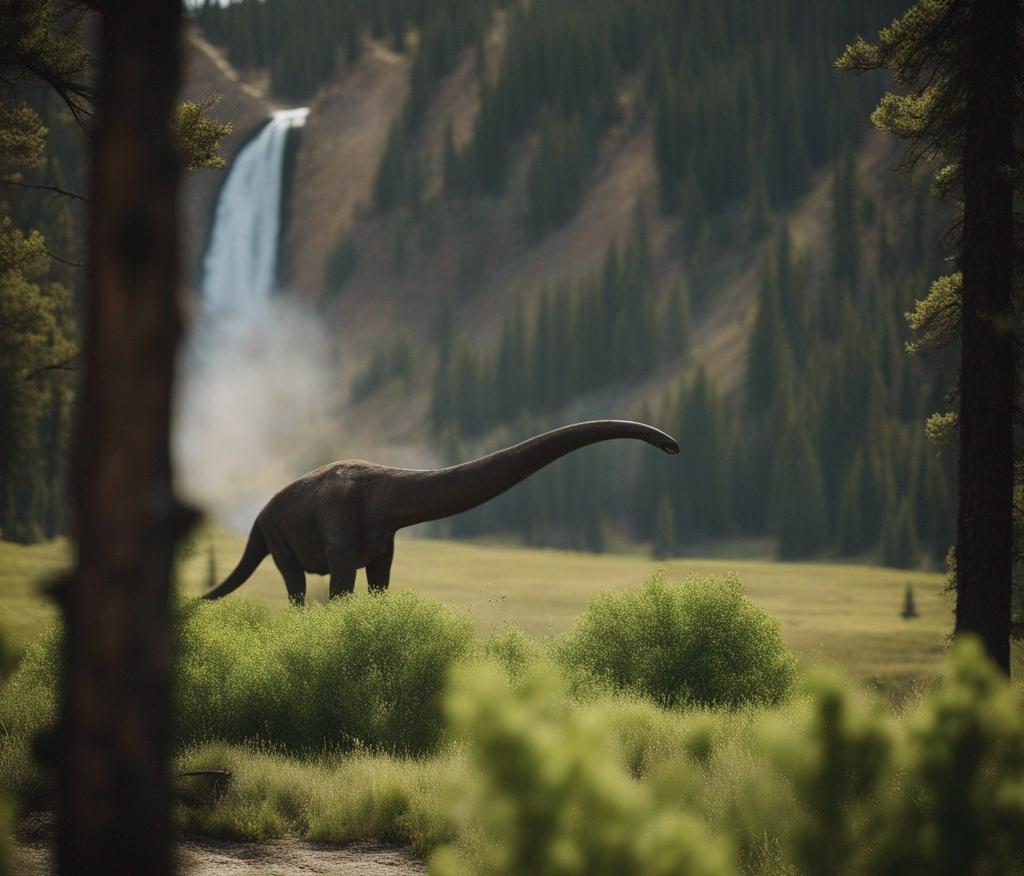
Spielberg's Jurassic Park is more than just a box office hit - it's a testament to the power of creativity, innovation, and tenacity. From adapting to unexpected challenges, like a malfunctioning T-Rex robot, to devising the chilling soundscape of the prehistoric world, the team's dedication has etched this film into cinematic history. Today, its influence remains pervasive, continually inspiring filmmakers and captivating audiences worldwide. Remember, the thrill of Jurassic Park isn't solely confined to its scaly stars but lies in the rich tapestry of work done behind the scenes. Each time you watch it, let the magic sweep you into its world, and remember the unseen heroes, the pioneering techniques, and the tireless dedication that truly brought the prehistoric era back to life.
